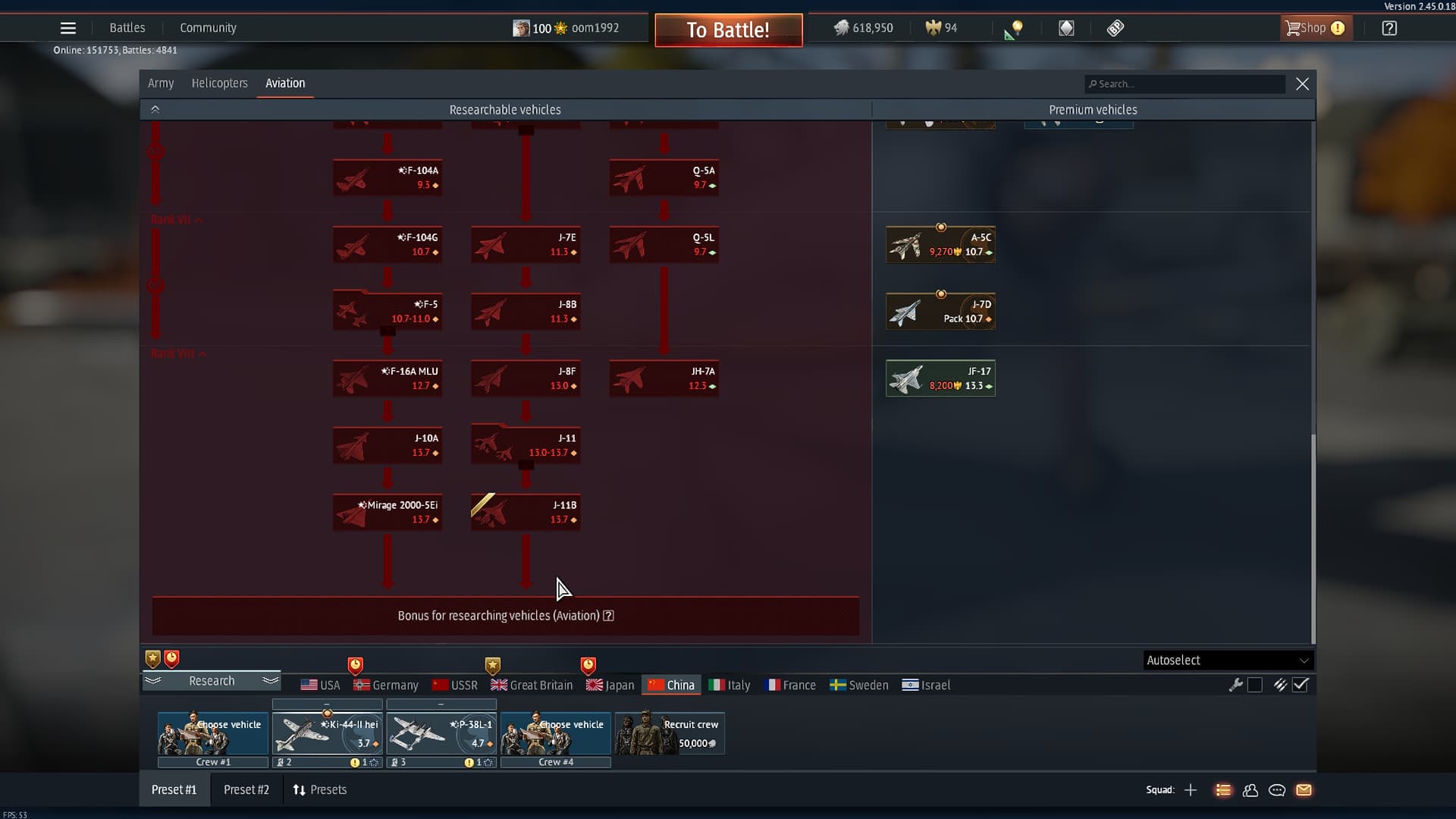- Yes
- No
Background and History
Spoiler
Keeping the J-11B effective:
Since early 2016 there were speculations of a mid life update, usually defined as MLU, for the numerous J-11Bs that was supposed to boost the capabilities of said platform and keep it relevant for the years to come. As we’ve seen with other countries, MLUs are a relatively cheap and efficient way of keeping older programs relevant without having to invest in newer technologies, therefore it has become quite a common habit. The program began while the J-11D, of which we will briefly talk later on, was in its testing phase. It’s important to note the coexistence of these two programs since the D version eventually gifted its newly developed avionics to the MLU program.
The first official information regarding this program came out around 2019, when the unofficial name “J-11BG” (the G stands for 改 Gǎi, Modification/Improvement) was mentioned. This cleared the previously believed name given to the aircraft by the community “J-11BD” (the letter D most likely was a result of the use of the J-11D’s avionics).
Soon after, the CCTV provided a couple of images showing two J-11Bs featuring a distinctive difference, a white radome. Although the images were low-quality, speculation over a possible addition of a locally produced AESA radar appeared. Thanks to the J-11Bs present in the background it was discovered that these first BG prototypes were assigned to the PLAAF 1st Air Brigade at Anshan. Following this surprising unveiling, additional units were discovered within the 19th Air Brigade, 89th Air Brigade as well as the 8th Naval Air Brigade under the designation of J-11BHG (the H stands for 海 Hǎi, Ocean/Naval).
CCTV J-11BG coverage:
The MLU requirements:
The J-11B is said to be the first truly Chinese Flanker and, although a major step-up compared to its predecessors, it has nowadays aged. The MLU’s requirements stated that after the implementations, the aircraft would be able to stand up to other 4.5 gen fighters and be capable of individually dealing with them. In fact, the biggest issue of the J-11B isn’t its payload, but rather its radar. As of today we know that the J-11B could use PL-15s, there aren’t mechanical issues that stop it from mounting them. The true issue lays within its set of avionics and specifically the type 1493 mechanically scanned pulse-Doppler radar that severely hinders the PL-15’s performance, IE: the missile has a much longer range compared to the capabilities of the radar, making the use of the PL-15 instead of the older PL-12 impractical. The issue was tackled by the PLAAF with the addition of much better avionics, particularly with the addition of an AESA radar. There is a lot of speculation around this particular AESA radar, but it seems to be a further development of the type 1493 radar, similar to the APG-63(V) 3/4 upgrade. There are other theories mentioning both an evolution from the regular KLJ-7V2 to the KLJ-7A or a system like the LKF601E in development for the JF-17 Block 3. Anyway we don’t have any confirmation of any of these theories. The AESA radar fully fixes the previously mentioned issue, lack of detection range, and gives the J-11BG a higher level of autonomy (compared to the J-11B’s need to rely on other forms of detection, such as AWACS).
Brief J-11D talk:
The reason why we need to briefly talk about the J-11D, apart from the already mentioned reuse of its avionics, is the reason why the project itself failed, giving the J-11BG (and other projects) the priority. Initially the role of this new fighter was to be a “Plan B” to the J-20. It was supposed to be an extremely potent aircraft with cutting edge avionics and major structural changes that made the aircraft much lighter and more agile. This meant that it would have “covered” the 4.5 gen fighter slot for China while it worked on its 5th gen fighter program.
So why did it fail? There are more than a single and concise explanation, but the one that links it to the J-11B MLU is the general PLAAF and PLAN allocation of resources and consequent impossibility of improving (in major ways) the J-11B airframe. This impossibility and other reasons (such as the J-20 turning out to be successful) meant that the J-11D wasn’t really needed, the PLAAF already had a massive amount of J-11Bs and decided to prioritize them. At the end of the day it seems like some structural overhauls were done to the J-11BG to improve on the pre-existent airframe but not to the extent of the J-11D, the main improvements were the avionics and weaponry.
Technical data
Specifications
Crew: 1
Length: 21.9 m
Wingspan: 14.7 m
Height: 5.92 m
Cruise Range: 1465 nmi or 2713,18 km
Ceiling: 18500 m
Empty Weight - 17000 kg
Gross Weight - 24000 kg
Max Takeoff Weight - 31000 kg
Int Fuel: 9400 kg
Payload: 7000/8000 kg
Powerplant: 2 x WS-10B series 3
Spoiler

- Estimated thrust between 140 and 144 kilonewtons
Max speed: Mach 2 (At altitude)
Armament
1 x 30mm Type 30-IV Autocannon
10 hardpoints:
-
2 tandem under the fuselage centerline
-
2 under the air ducts
-
4 under the wings
-
2 on the wingtips
6/8 x PL-12
6 x PL-8B
4 x PL-10
6 x PL-15
KG-800 escort jammer or KL-700 ES pod
low-drag general-purpose bombs
unguided rockets
Avionics
AESA Radar
2nd (possibly 3rd) gen. IRST and Laser rangefinder linked to HMS
2nd gen. RWR
MAW
Upgraded avionics suite compared to the J-11B
HMD
Ballistic Computer
Chaff/Flares
Photos
Spoiler
Cockpit
J-11B cockpit for reference:

Air intakes

Pylons
PL-15 compatible Pylons:

The 2 following images are PL-15s to compare to the first one:


Sources
Spoiler
Red Dragon Flankers: China’s Prolific ‘flanker’ Family
“Yankeesama”'s Article on the J-11BG
China’s Navy Ships and Aircraft of the People’s Republic of China, 1955 - 2021





























